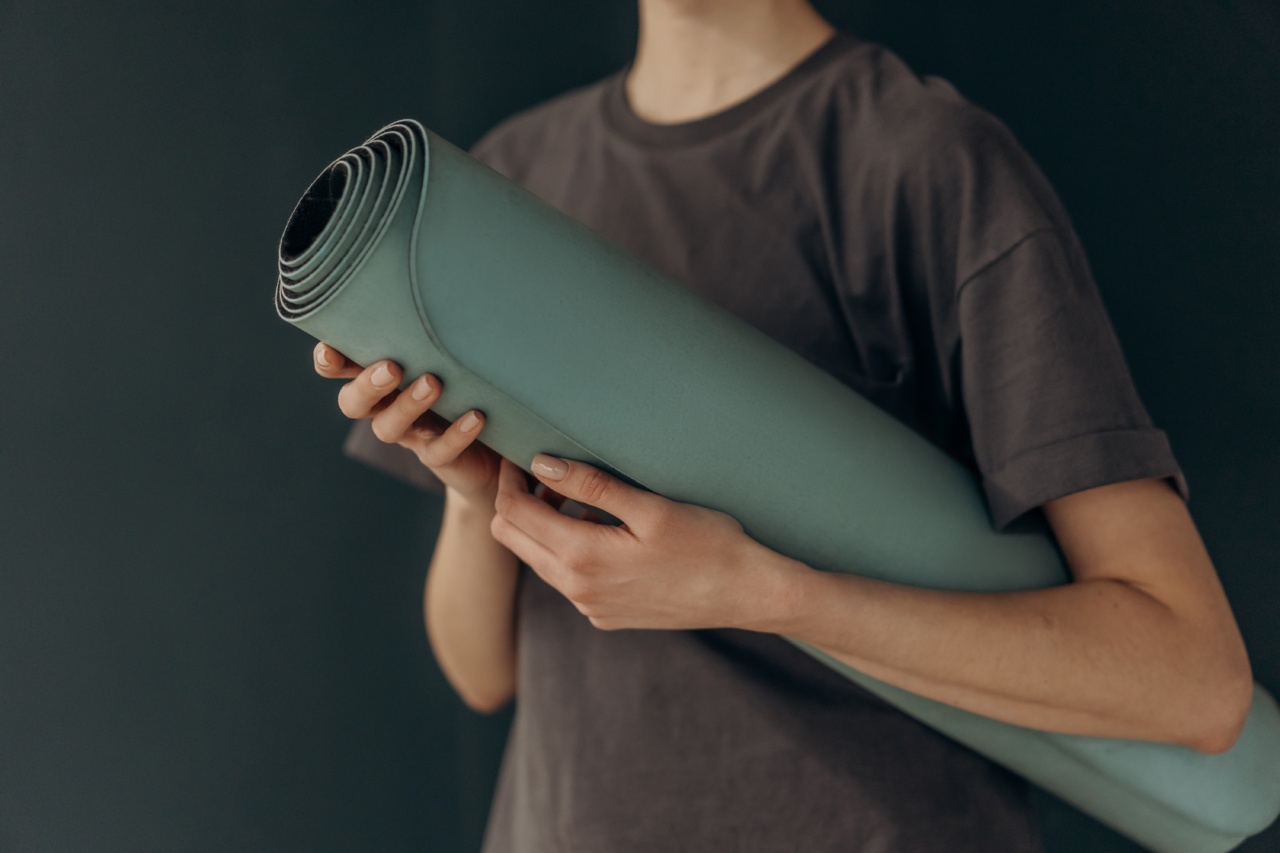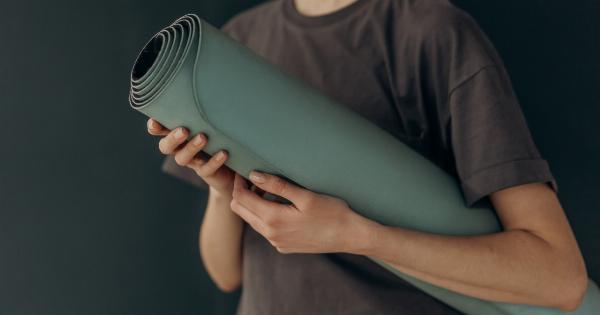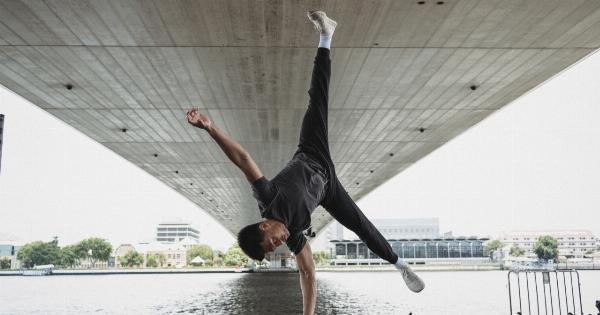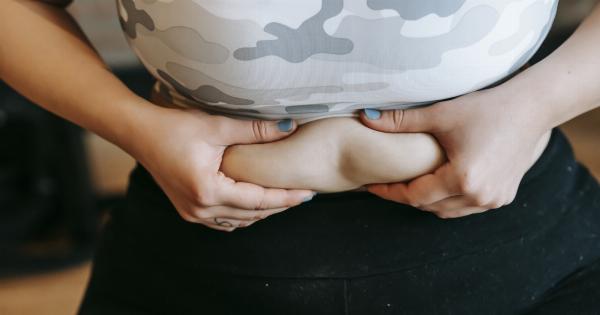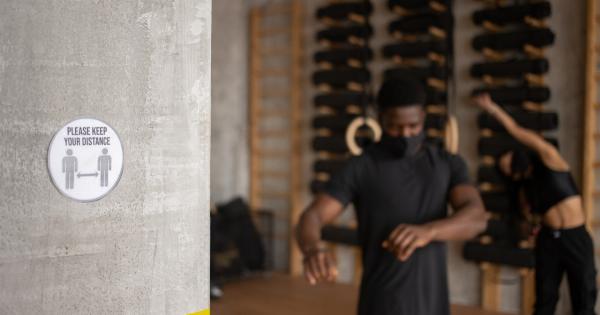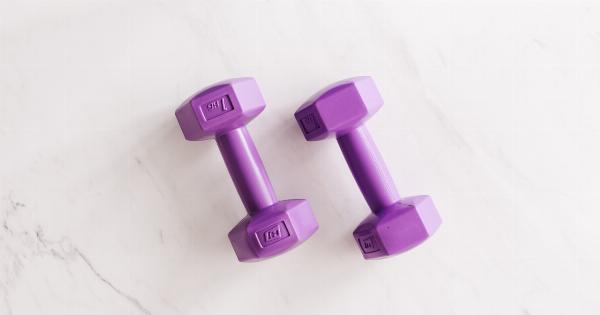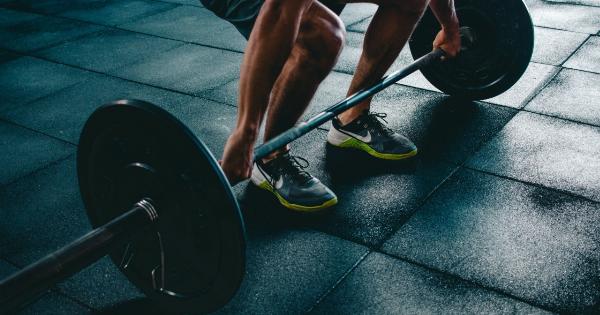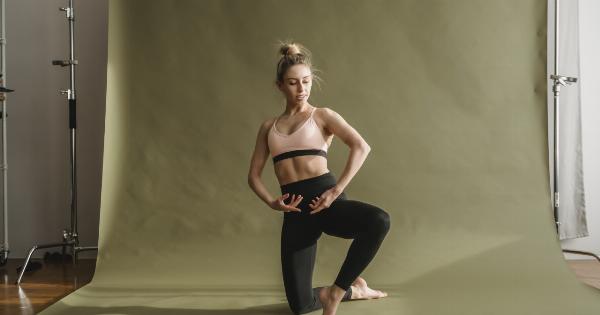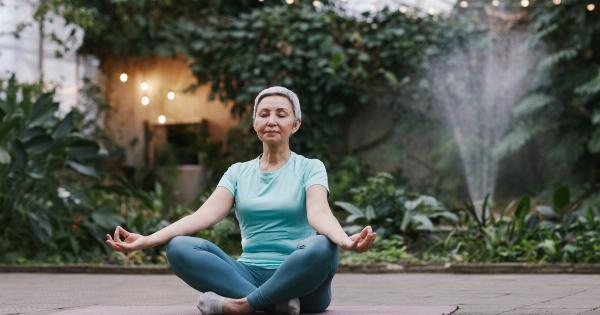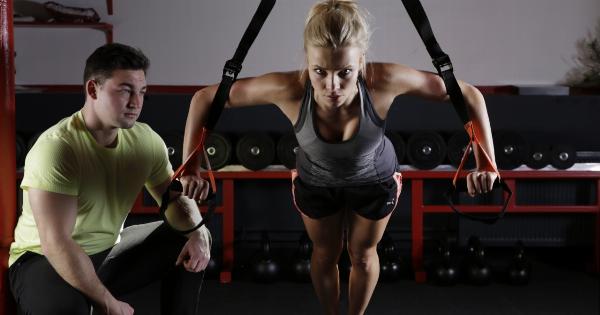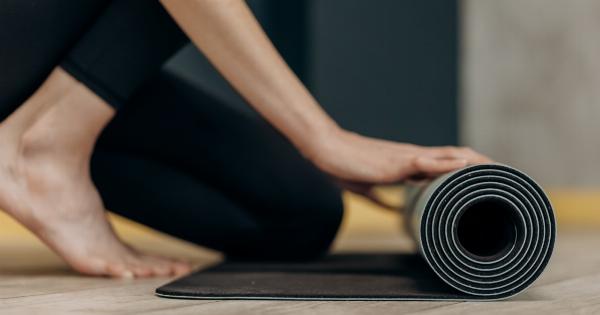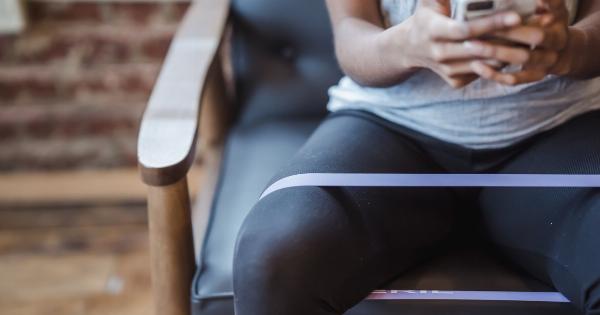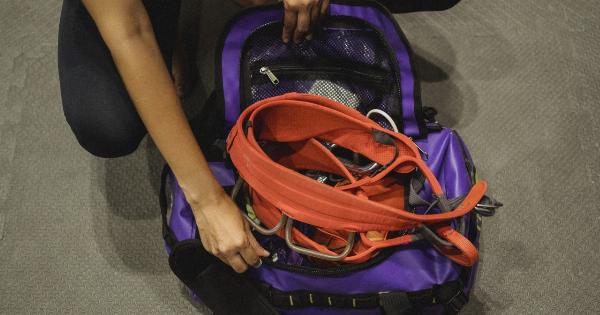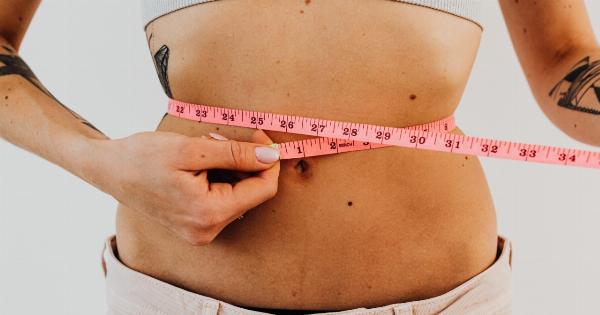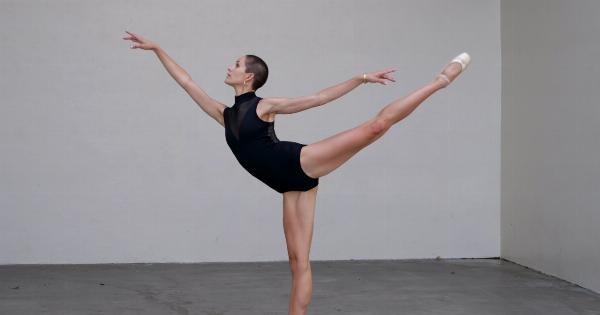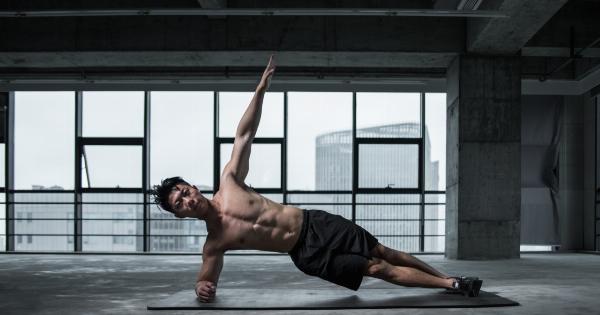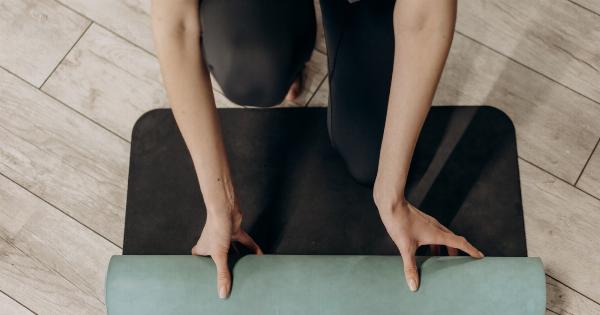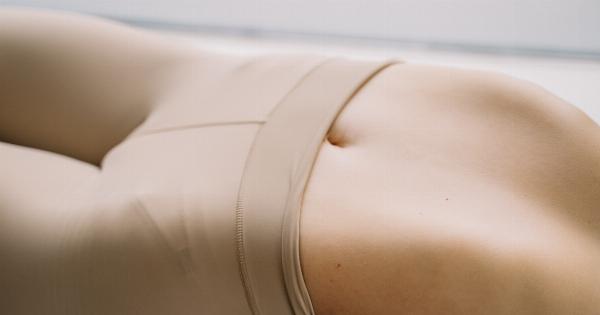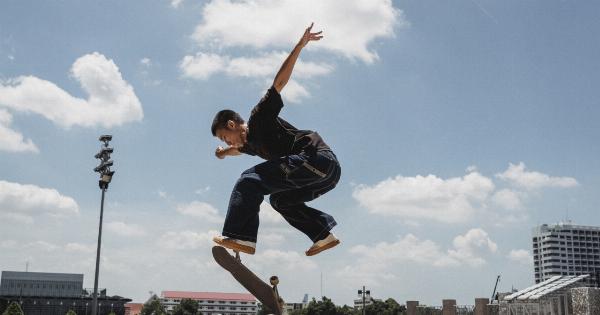Full-body stability is the foundation of all movement. Without it, we wouldn’t be able to stand upright, walk, or perform any type of physical activity.
Stability refers to our ability to control our body’s position and movement during any given task. It involves the coordination of various muscles, joints, and other systems in the body working together seamlessly. When we have good stability, we are able to move with ease, prevent injuries, and perform at our best in our chosen activities.
Why Do We Need a Full-Body Stability Routine?
Stability is not something we acquire overnight. It’s the result of regular training and practice focusing on specific exercises and movements.
Full-body stability training helps to enhance our body’s overall control, starting from the core and radiating out to the extremities. By improving our stability, we can improve our overall performance in any activity, from sports to everyday chores.
The Full-Body Stability Routine
1. Plank
The plank is an excellent exercise for building strength in your core and improving stability throughout the entire body.
To perform a plank, start in a push-up position, but instead of pushing up and down, hold your body in a straight line from your head to your toes. Keep your core tight, your shoulders stable, and your glutes engaged. Hold for as long as possible, or aim for three sets of 30-60 seconds each.
2. Side Plank
The side plank is another great exercise for building stability in the core and oblique muscles. Begin in a plank position, then roll onto one side, stacking your feet and using your elbow and forearm to support your body.
Keep your core engaged, don’t let your hips sag, and hold for as long as possible or aim for three sets of 30-60 seconds each.
3. Bird Dog
The Bird Dog exercise is a great way to improve stability in your core and back muscles. Begin on your hands and knees, with your wrists directly below your shoulders and your knees beneath your hips.
Extend your right arm out in front of you while simultaneously extending your left leg behind you until they are both parallel to the floor. Return to the starting position and repeat with the opposite arm and leg. Aim for three sets of 10 reps on each side.
4. Dead Bug
The Dead Bug is an awesome exercise for improving stability in your core and hip muscles. Begin by lying on your back with your arms extended towards the ceiling and your knees bent at a 90-degree angle.
Lower your right arm and left leg towards the ground, keeping your core tight and your lower back pressed into the floor. Return to the starting position and repeat on the opposite side. Aim for three sets of 10 reps on each side.
5. Reverse Lunge
The Reverse Lunge is an excellent way to improve stability in your legs and hips. Begin by standing tall with your feet hip-width apart.
Step your right foot back into a lunge, making sure to keep your front knee bent at a 90-degree angle and your back knee hovering just above the ground. Push back up to the starting position and repeat on the other side. Aim for three sets of 10 reps on each side.
6. Single-Leg Deadlift
The Single-Leg Deadlift is a great exercise for improving stability in your legs and hips, as well as the core. Begin by standing on your left leg with your right foot slightly raised off the ground and your hips square.
Lean forward and extend your right leg straight behind you, hinging at your hips and keeping your back flat and core engaged. Return to the starting position and repeat on the other side. Aim for three sets of 10 reps on each side.
7. Wall Sit
The Wall Sit is an isometric exercise that helps to improve stability in your legs and hips. Begin by standing with your back against a wall and your feet shoulder-width apart.
Lower yourself into a seated position, keeping your thighs parallel to the ground and your knees bent at a 90-degree angle. Hold for as long as possible, or aim for three sets of 30-60 seconds each.
8. Monster Walks
Monster Walks are a great way to improve stability in your legs and hips, as well as your glutes. Begin by placing a resistance band around your ankles and standing with your feet hip-width apart.
Take small steps to the right, keeping tension in the band and making sure your feet stay parallel. Repeat to the left. Aim for three sets of 10 reps on each side.
9. Glute Bridge
The Glute Bridge is a great exercise for improving stability in your hips and core. Begin by lying on your back with your knees bent and feet flat on the ground. Lift your hips towards the ceiling, squeezing your glutes and keeping your core tight.
Lower back down to the ground and repeat. Aim for three sets of 10-15 reps.
10. Foam Roller Exercises
Foam rolling is an excellent way to improve stability and mobility throughout the entire body. Use a foam roller to target any tight or sore muscles, including the hips, glutes, IT band, back, and shoulders.
Spend at least 1-2 minutes on each muscle group, focusing on slow, controlled movements and deep breathing.
Final Thoughts
Incorporating a full-body stability routine into your workouts is essential for enhancing your overall performance, preventing injuries, and moving with ease.
By focusing on exercises that target the core, legs, hips, and shoulders, you can improve your body’s overall control and stability, allowing you to perform at your best in any activity.
